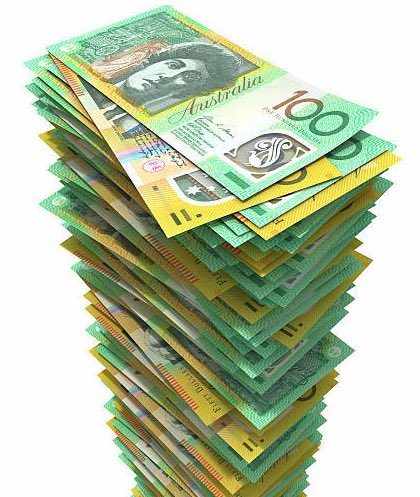It can sometimes feel like you’re talking to a brick wall. The same messages, the same dull-eyed inaction. I speak of a common phenomenon experienced by many parents of teenage children. Though we love them dearly, we all occasionally wonder whether the words are getting through.
It’s also a feeling you have from time to time working in clean energy. The debates across Australia over clean energy have regularly been tiresome. The tantrums time-consuming and set Australia back. And that’s costly.
Which is why it has been a cathartic week for the clean energy sector. Finally, it feels like someone is listening.
Tuesday’s Federal Budget shows the Albanese government has listened, understood and taken solid, sensible action.
Overseas, countries are embracing clean energy with the fervour and urgency that the problem and the opportunity requires.
The Biden Administration will provide enormous funding in the US, targeting $US369 billion in clean energy and climate change initiatives. Europe, Asia and the Gulf States are following suit.
The Clean Energy Council and its members have been advocating for a strong response to keep Australia in the global race to become a clean energy superpower.
The renewable energy sector in Australia currently employs about 30,000 people, and this number is set to rise.
Access to clean, low-cost power impacts the global competitiveness of every Australian industry. If clean energy flourishes, families, communities, and businesses benefit. Electrification of homes and small-business is crucial to driving down power bills and addressing the inflationary and cost of living pressure on all Australians.
This budget allocates $4 billion in new funding for clean energy, bringing to $40 billion the total funding committed by the federal government in the past 12 months.
Funding will support green hydrogen and accelerate the electrification of homes and businesses. Funding will also leverage massive amounts of further private sector investment ready to be deployed across Australia.
Four billion dollars is a big number, more than many of us can comprehend.
However, it pales against the US investment and that of Europe, Asia and the Gulf States.
That’s why it’s best to consider this a “down payment” on our government’s response to global support for local clean energy industries.
All the signs and sounds of the government are strongly encouraging. However, despite the substantial actions the federal government have already taken in the short year since they took office, they will need to do more.
This budget demonstrates that the Albanese government recognises the crucial role of clean energy in Australia’s economic future and that clean energy and electrification drive down power prices and manage inflation.
But we’ll need to move swiftly.
This is a global race, so delays are costly.
It may be impossible to recover if you lose an early mover advantage. We often hear that Australia will lead the world in renewable energy, that we assume it is a foregone conclusion.
Nothing could be further from the truth, but we are making headway with this budget.
Though small, the $5.6 million for the Department of Climate Change, Energy, the Environment and Water is critical to the new commitments.
It is to conduct rapid analysis and action to ensure Australia’s clean energy competitiveness, including securing supply chains, building the highly skilled workforce required and realising our competitive advantages in critical minerals and green manufacturing.
It will provide the leadership we need.
It would be surprising to many that up until now, there are more words in this article than have been dedicated to the strategy for Australia’s rise to supremacy as a clean energy superpower.
Supporting our renewable energy industry is also crucial for reducing greenhouse gas emissions and combating climate change.
We are faced with an urgent challenge to slash emissions by almost half by 2030 and reach net-zero emissions by no later than 2050 to contain warming to 1.5°C and avoid the worst impacts of climate change.
To ensure we have enough new generation to replace coal and achieve 82 per cent renewable energy by 2030, we need to double our current annual build of new generation.
Australia has the natural assets; now we need the brains too.
Australia was always the lucky country, but we won’t get there with luck alone.
But we need to be smart and grown-up to leverage the incredible opportunity we have been given. This Federal Budget is another important step to realising Australia’s energy future, and our journey to becoming a clean energy superpower.
Kane Thornton is the CEO of the Clean Energy Council








